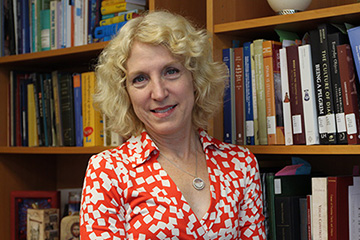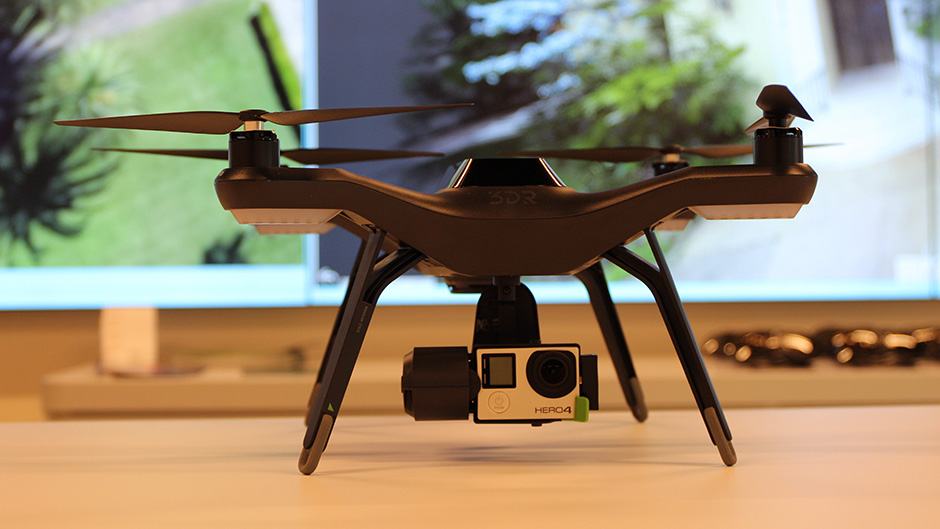The 26-story tower of the historic Biltmore Hotel rises majestically into the sky over Coral Gables. Visible for miles, it's an icon, a landmark on the National Historic Register, and a lush and ornate example of classic Spanish colonial influences in Mediterranean Revival architectural style.
Now, 90 years after its grand opening, it's about to be born again in virtual 3-D, thanks to an innovative use of drones and revolutionary developments in mapping technologies created at the University of Miami.
 |
| Karen R. Mathews, assistant professor in the Department of Art and Art History. |
The project is the brainchild of Assistant Professor Karen R. Mathews in the Department of Art and Art History, involving a collaboration between UM faculty and students across a variety of disciplines, the city of Coral Gables, and historically-minded members of the community.
The ongoing project began in the Spring 2016 semester with a detailed analysis of three historic 1920s buildings: the Coral Gables Congregational Church, the Church of the Little Flower, and The Biltmore Hotel.
“I wanted buildings that had rich architectural detail – sculpture, three-dimensional ornamentation – so that we could see how effective our 3-D modeling technologies would be in capturing a complex architectural exterior and facade,” Mathews said.
Then came the wizardry of the software engineering team from the Center for Computational Science and a mix of standard digital photography and picture-taking drones flying in precisely regimented patterns – creating thousands upon thousands of high quality photos that are brought together through the technique of photogrammetry to form a mesh known as a point cloud.
“The virtue of the cloud is that one can experience this building as a three-dimensional model by animating it, moving it, circulating around it, spinning it on its axis,” Mathews said. “But then, once again from my perspective as an architectural historian, it has to be able to zoom in and get incredibly detailed images of architectural detail – of ornamentation, of decorative sculpture, of figurative sculpture. And that's what this technique really has allowed us to do.”
The team added three additional buildings for the fall semester – the Coral Gables Preparatory Academy, the Coco Plum Woman’s Club, and the Colonnade Building.
Eventually, she hopes to create a web-based experience that allows users to interact with the map and view and learn about the buildings through photographs, videos, and the 3-D models. She also foresees an app-based approach that could offer on-site audio tours during real-world visits to the structures.
But that, Mathews said, “is not the end. This is only one stop, I guess you could say, in a cumulative, additive, and collaborative process that will, hopefully, just keep going.”

